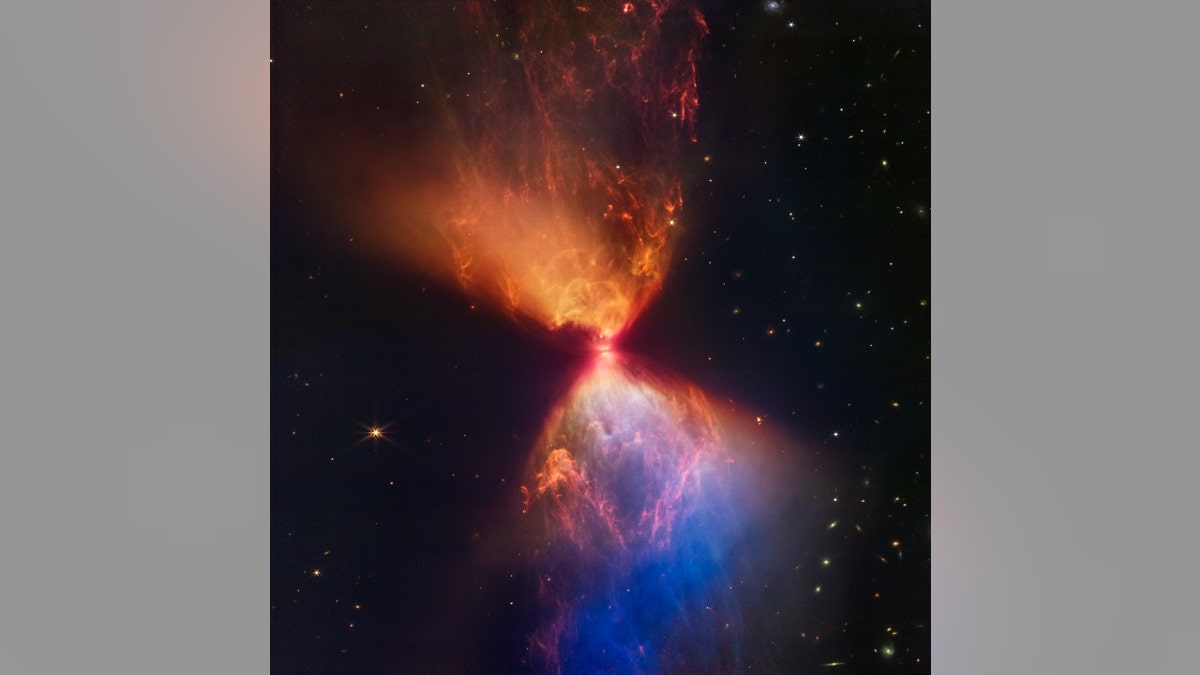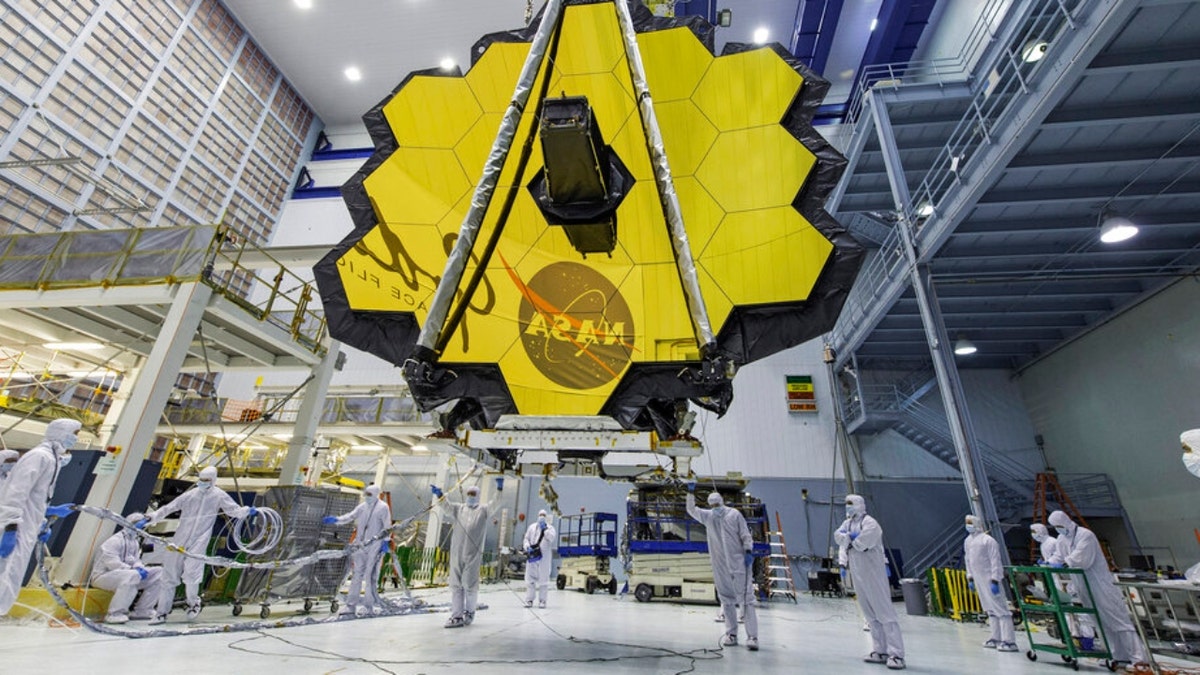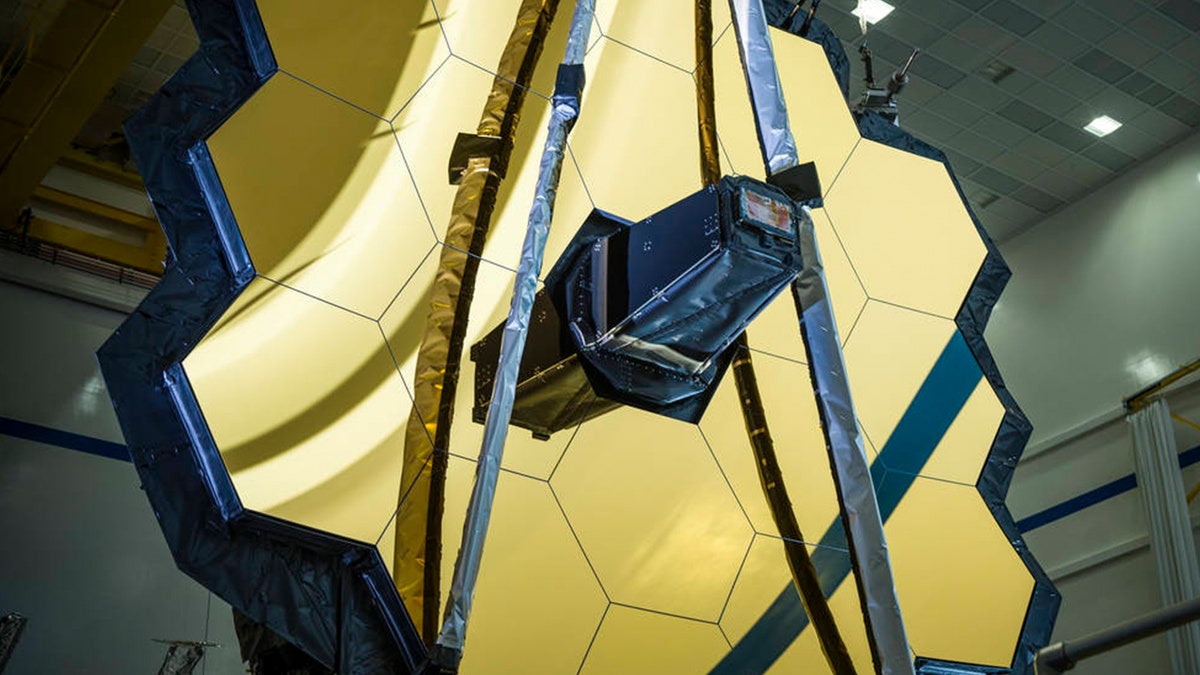Webb telescope images show ‘how people can work together’ to create something ‘truly amazing’: Principal investigator
Principal investigator of the NRI-CAM on the James Webb Space Telescope Marcia Rieke shares her ‘absolute joy’ at the success of the project and the opportunity the Webb telescope provides for future space exploration.
NASA’s James Webb Space Telescope has captured another stunning image, showing the formation of new stars.
Taken with the $10 billion observatory's Near-Infrared Camera (NIRCam), the picture reveals the once-hidden features of the protostar within the dark cloud L1527.
The clouds within the Taurus star-forming region are only visible in infrared light.
NASA notes that the protostar itself is obscured within the "neck" of the hourglass-like formation.
Across the middle, an edge-on protoplanetary disk appears as a dark line and light from the protostar leaks around the disk, illuminating cavities within the surrounding gas and dust.
The blue and orange clouds outline cavities that are created as material moves away from the protostar, colliding with surrounding matter.

The protostar within the dark cloud L1527, shown in this image from NASA’s James Webb Space Telescope Near-Infrared Camera (NIRCam), is embedded within a cloud of material feeding its growth. (Credits: NASA, ESA, CSA, and STScI. Image processing: J. DePasquale, A. Pagan, and A. Koekemoer (STScI))
Blue areas are where dust between Webb and the clouds is the thinnest, while the thicker layer of dust creates the orange pockets.
In addition, the shot also reveals filaments of molecular hydrogen that have been shocked as the protostar ejects material away from it.
The upper central region displays bubble-like shapes due to stellar "burps."
Shocks and turbulence hinder the formation of new stars, which would otherwise form all throughout the cloud.
Due to this, the protostar dominates the space.

In this April 13, 2017, photo provided by NASA, technicians lift the mirror of the James Webb Space Telescope using a crane at the Goddard Space Flight Center in Greenbelt, Md. ((Laura Betz/NASA via AP, File) )
NASA TAKES IMAGE OF 'SMILING' SUN – BUT IT'S NO LAUGHING MATTER
L1527 is about 100,000 years old and considered a class 0 protostar — the earliest stage of star formation.
It doesn't generate its own energy through nuclear fusion of hydrogen yet, which is an essential characteristic of stars. Its shape takes the form of a small, puffy clump of glass and has between 20% and 40% of the mass of the sun.

The James Webb Space Telescope seen on March 5, 2020. (NASA/Chris Gunn)
The photo shows L1527 gathering mass, with its core gradually compressing and getting closer to stable nuclear fusion.
As the material is drawn in, it spirals around the center, creating a dense disk called the accretion disk.
That disk – seen as a dark band in front of the bright center, about the size of our solar system – feeds the material to the protostar and the core of the protostar's temperature rises.
CLICK HERE TO GET THE FOX NEWS APP
It eventually reaches the threshold for nuclear fusion to begin.
"Ultimately, this view of L1527 provides a window into what our sun and solar system looked like in their infancy," NASA said.

